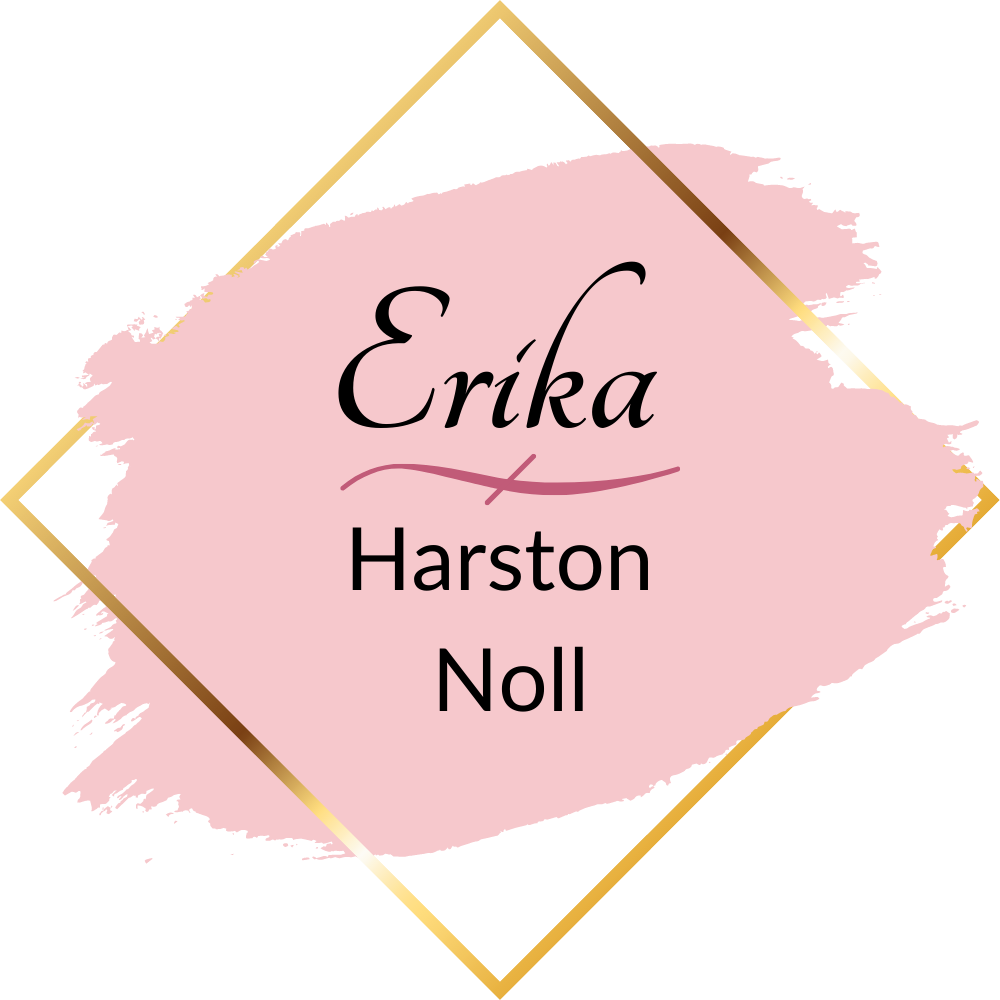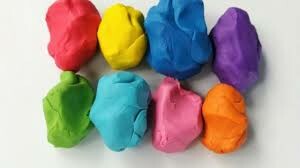
Oil pulling is an ancient practice that has gained popularity in modern wellness routines for its potential benefits in oral health and overall detoxification. If you're new to this practice, this guide will help you understand the basics of oil pulling and how to incorporate it into your daily routine effectively. Looking for tips for oil pulling for kids? Find them here.
What is Oil Pulling?
Oil pulling is a traditional Ayurvedic practice that involves swishing oil in your mouth for a specified period. This practice is believed to help "pull" toxins from the body, improve oral hygiene, and provide various health benefits. Typically, coconut, sesame, or sunflower oil is used for this purpose.
Benefits of Oil Pulling
1. Oral Health: Oil pulling can help reduce plaque, gingivitis, and bad breath. The oil acts as a cleanser, pulling out bacteria and other toxins from the mouth.
2. Whiter Teeth: Many people report that their teeth become whiter after regular oil pulling.
3. Detoxification: Some proponents believe that oil pulling helps to detoxify the body by removing harmful substances from the mouth.
4. Improved Gum Health: The practice can help reduce inflammation and promote healthier gums.
Choosing the Right Oil
The most commonly used oils for oil pulling are:
- Coconut Oil: Favored for its pleasant taste and additional antibacterial properties due to lauric acid. This is my favorite option. You can use unrefined or fractionated, depending on your preference. Unrefined has a stronger flavor.
- Sesame Oil: Traditionally used in Ayurvedic practices, it is rich in antioxidants and has a neutral flavor.
- Sunflower Oil: Another option with a mild taste and good cleansing properties.
- Mustard Oil: This option is vitamin and mineral rich, and also contains Omega 3s.
Choose an organic, cold-pressed oil to ensure the highest quality and avoid any harmful additives.
Enhancing Oil Pulling with Essential Oils
Incorporating essential oils into your oil pulling routine can amplify its benefits. Essential oils are concentrated plant extracts known for their beneficial properties.
Essential Oils to Add to Your Oil Pulling Routine
- Composition: This powerful blend typically includes cinnamon, clove, lemon, eucalyptus, and rosemary oils.
- Benefits: Thieves blend is known for its potent healthful properties. It can help in support immunity, reducing inflammation, and freshening breath. The warming sensation of cinnamon and clove combined with the refreshing citrus notes of lemon creates a robust, invigorating experience. (This is a "hot" oil, be sure to use extra coconut oil if it gets on your skin)
- Benefits: Peppermint oil is renowned for its cooling, refreshing sensation. It has natural properties that can help support the mouth, reduce bad breath, and promote a fresh feeling. The menthol in peppermint oil also provides a pleasant tingle and can soothe oral discomfort.
- Benefits: Frankincense oil is revered for its calming and balancing qualities. It has specific properties that support gum health and reduce oral infections. Its subtle, earthy aroma can also add a grounding, soothing aspect to your oil pulling routin
How to Oil Pull: Step-by-Step Guide
1. Start with a Clean Mouth: Perform oil pulling on an empty stomach, preferably first thing in the morning before you eat or drink anything.
2. Measure Your Oil: Take about 1 tablespoon of your chosen oil. Beginners might find it easier to start with a smaller amount and gradually increase.
3. Choose Your Essential Oil (Optional: Select an essential oil that complements your needs and preferences. Ensure it is safe for oral use.
4. Mix with Oil: Add 1-2 drops of your chosen essential oil to your tablespoon of carrier oil (like coconut, sesame, or sunflower oil). Avoid using more than a few drops as essential oils are highly concentrated.
5. Swish the Oil: Place the oil in your mouth and begin to swish it around. Move the oil slowly and methodically, pulling it through your teeth and around your gums. Avoid swallowing the oil.
6. Duration: Aim to swish the oil for 15-20 minutes. If this feels too long initially, start with 5-10 minutes and gradually increase the duration as you become more comfortable.
7. Spit Out the Oil: After swishing, spit the oil into a trash can, not the sink, as it can solidify and clog your pipes.
8. Rinse Your Mouth: Rinse your mouth with warm water to remove any remaining oil and toxins. Some people like to rinse with salt water for added antibacterial benefits.
9. Brush Your Teeth: Finish your routine by brushing your teeth as usual to ensure all oil and toxins are removed from your mouth.
Tips for Beginners
- Consistency is Key: Try to oil pull daily to reap the full benefits.
- Stay Relaxed: Swish gently to avoid jaw fatigue.
- Be Patient: It may take a few weeks to notice significant changes in your oral health.
Precautions
- Oil pulling should not replace regular oral hygiene practices like brushing and flossing.
- People with allergies to specific oils should choose an alternative or consult their healthcare provider.
- Always spit out the oil after pulling; do not swallow it as it contains bacteria and toxins.
- Test for Sensitivity: Perform a patch test to ensure you don’t have any allergic reactions or sensitivities to the essential oil.
- Quality Matters: Use high-quality, authentic essential oils from a reputable source.
- Start Slow: Begin with a small amount of essential oil and observe how your body reacts. You can gradually increase the quantity if needed.
- Consult a Professional: If you have any health concerns or conditions, consult with a healthcare provider who is knowledgeable about essential oils before incorporating them into your routine.
Frequently Asked Questions
Q: Can I use oil pulling if I have dental work or braces?
A: Yes, oil pulling can be safe and beneficial even if you have dental work or braces. However, consult your dentist if you have any concerns.
Q: How soon can I eat or drink after oil pulling?
A: It’s best to wait about 30 minutes after oil pulling before consuming anything to allow the benefits to take full effect.
Q: Can I oil pull at night instead of in the morning?
A: While mornings are preferred, you can oil pull at any time of day. The key is to do it on an empty stomach.
Q: How often should I practice oil pulling?
A: Daily oil pulling is recommended for the best results, but even a few times a week can be beneficial.
---
Starting a new health practice can feel daunting, but oil pulling is a simple and effective way to enhance your oral health routine. Adding essential oils to your oil pulling practice can provide a delightful boost to your oral care routine, making it more effective and enjoyable. Whether you're seeking the robust protection of Thieves blend, the refreshing coolness of peppermint, or the soothing essence of frankincense, there's an essential oil that can enhance your daily wellness ritual. Give it a try, and you might find it to be a refreshing addition to your wellness habits!
---
Sources:
- "Oil Pulling: Benefits & How to Do It," Healthline, (https://www.healthline.com/nutrition/oil-pulling-coconut-oil#how-to-oil-pull)
- "Oil Pulling with Coconut Oil," WebMD, (https://www.webmd.com/oral-health/oil-pulling-coconut-oil)
- "Essential Oils in Oil Pulling: How They Work," Wellness Mama, (https://wellnessmama.com/natural-beauty/essential-oils-oil-pulling/)
- "The Benefits of Adding Essential Oils to Oil Pulling," Dr. Axe, (https://draxe.com/essential-oils/essential-oils-oil-pulling/)
My blogs contain some affiliate links.
Any purchase made is a blessing to my family at no extra cost to you!
Thank you for supporting us!





0 Comments